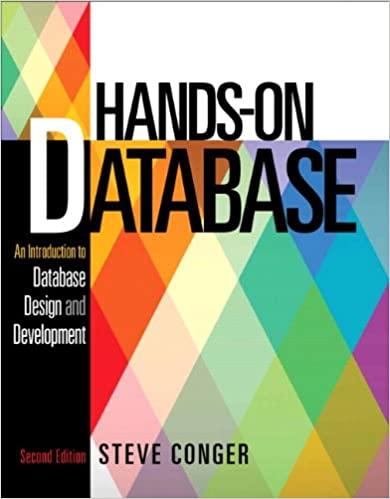Answered step by step
Verified Expert Solution
Question
1 Approved Answer
Help! In programming, we commonly deal with various variable types such as int, double, and float. When handling numerous similar variables, like students, creating individual
Help!
In programming, we commonly deal with various variable types such as int, double, and float. When handling numerous similar variables, like students, creating individual ones for each eg String student student student; becomes impractical. Arrays offer a solution by allowing us to store multiple values of the same type under a single variable name. For instance, using an array like String students new String; enables the storage of String values, providing a more practical and manageable approach than creating individual variables for each student.
carddeck.png
Now, let's relate this concept to a deck of cards. A standard deck of playing cards comprises cards across suits: Spades, Hearts, Diamonds, and Clubs, with each suit having cards. This includes Ace, Jack, Queen, King and typically Joker cards. In programming, representing this with a onedimensional array requires efficient construction, often achieved using nested loops. One loop iterates over suits, while another iterates over card values within each suit, systematically populating the array with all deck cards.
Java Code:
Write Java code with correct indention each level of should be indented spaces to build a onedimensional array holding cards using nested for loops.
Hint: Simplify the problem by creating a second small array for the suits within the nested loops.
Ensure that if two arrays are used during card creation, consolidate them into one array containing all cards.
You may utilize methods for better organization.
Use an array, not an array list.
Do not use libraries, imports, or other items not discussed yet.
Card Deck Formatting:
Represent card values as letter representations.
Card Values: Represent Ace as A numeric cards themselves. Use T for ten, J for Jack, Q for Queen, and K for King.
Suits: Use H for Hearts, S for Spades, C for Clubs, D for Diamonds.
Use j and j for the two jokers, positioning them at locations and
Print Array:
Print out a title for the deck of cards.
Display the completed array in either columns or rows, grouping suits together.
The output of the deck should have a nice look and feel. It should look professional.
Consider using an enhanced for loop. Utilize the mode operator for formatting.
Extra Credit Optional:
Extra Credit : Implement a shuffling process that shuffles the deck and then prints it out again.
Extra Credit : Randomly choose a card, use switch statements to build a string representing the drawn card. Create a string variable "output" and construct the plain text name for the drawn card eg if your card was TD output "You drew a of Diamonds"
Note: Extra credit is considered only after completing the main assignment correctly.
Comments:
Comment different sections of code for clarity.
File Management:
Save the Java code in a file named CardDeck.java.
Compilation and Evaluation:
Use the javac command to compile your code.
Use the java command to evaluate the results.
Ensure the code compiles without errors to receive credit.
Iteration:
Make necessary iterations until you are satisfied with the result.
Submission:
Post your code to Gradescope. Ensure it's in java format and does not include class files.
Reminder:
Do not use array lists in your code.
Do not use imports, even for extra credit.
Do not incorporate any external libraries.
Step by Step Solution
There are 3 Steps involved in it
Step: 1

Get Instant Access to Expert-Tailored Solutions
See step-by-step solutions with expert insights and AI powered tools for academic success
Step: 2

Step: 3

Ace Your Homework with AI
Get the answers you need in no time with our AI-driven, step-by-step assistance
Get Started


